I recently moved to Salt Lake City, Utah eight months ago and as a former professional mountain biker, I love the many stores, biking trails, and the opportunity to ride road forever. I enjoy going into stores with people that road bike and to ride the canyons with current pros. I even love how many cyclists ride for commuting as well, which is much safer to do, than in most big cities.
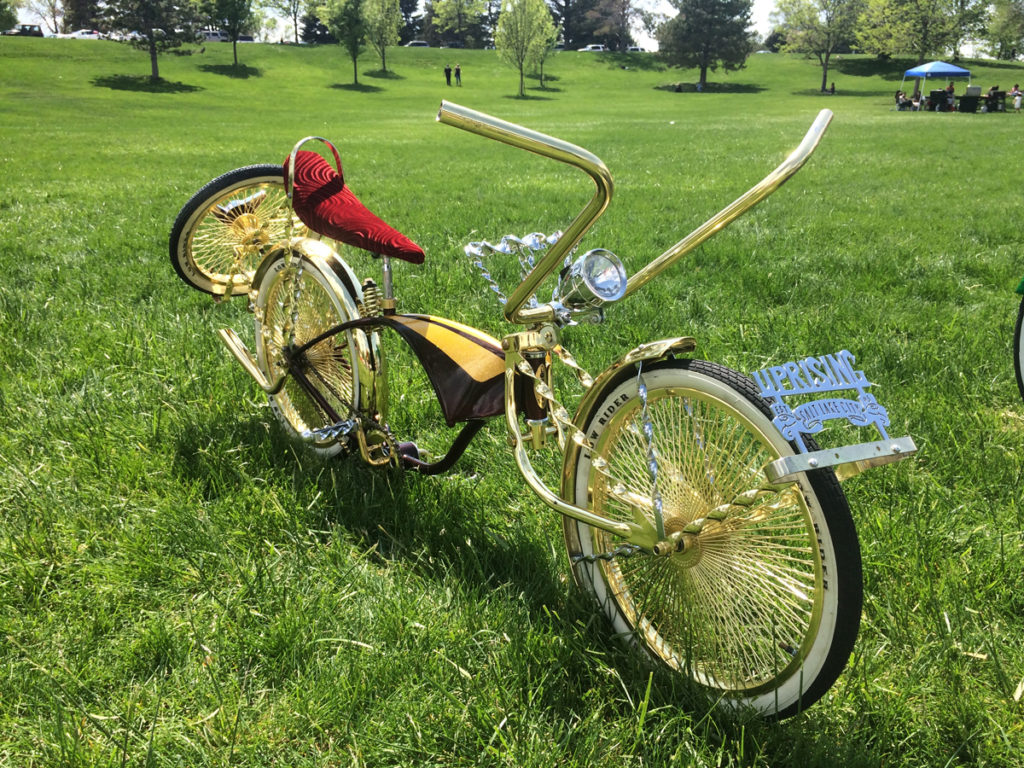
As I went store to store and flipped through the Cycling Utah Newspaper, I did not see one type of bike. I saw almost every bike on my tour of shops – cyclocross, BMX, unicycle, fat bikes, gravel bikes, tricycles, tandems, and even classic bicycles. What I did not see was the lowrider bicycle.
As I write this, I know people are rolling their eyes and saying that is not even part of the cycling industry and those are cheap bikes. On the contrary, there is a major magazine, shows, competitions, and big money prizes. It is a culture and guess what, it is huge in Salt Lake City.
There is a gathering almost every weekend at Sugarhouse Park and about ten lowrider clubs with cars and of course bicycles. The bikes values start at about three hundred dollars and go up to about ten thousand dollars. If you open your eyes roadies and mountain bikers, you will truly connect with another bike culture and fall in love.
I have three lowriders and am part of a club, Dreamkeeperz in Utah. My main lowrider bicycle is a 1968 Iverson Charger with a three speed internal rear hub that includes an external oil dropper.
The lowrider culture started in Los Angeles, California by godfather of lowrider bicycles, Joe Manny Silva. The bicycles are painted amazingly with chrome and gold parts including engraving and velvet seats. Some of the bicycles even have hydraulics. The culture prides itself on being welcoming to families, children, and former gang members. The culture, rooted in Chicana/os and Cholo/as, promotes music, dancing, food, peace, and nonviolence.
Lowriders and Hip Hop have a lot in common, founded by communities of color and out of violence and for self-expression.
The problem is they have been ignored and avoided by many bicycle shops around the country, which are also owned, serviced, and marketed mostly by white and well-off individuals. It might just because many cycles are not introduced to lowriders, but it also might be something deeper. For a long time the bicycle industry did not cater to women and people with disabilities, but that is changing and we see more and more Black and Latinx pro cyclists globally as well.
Case in point, I last year went into one of the premier bicycle shops in Colorado, (where pro mountain bikers go regularly) with my lowrider bicycle. I went up to bicycle mechanic and asked him to install the crank for me as I did not have my tools. He said, “We do not work on those bicycles” and him and other mechanics laughed at the bike and joked how ridiculous it was.
Even if shops are still mostly employing white men and the advertising is mostly that as well, we can become more welcoming to all people.
I think the bicycle industry should take another look and become more inclusive to a beautiful bicycle and even may I dare say bicycle shops sponsoring contents and shows and even, if the location of the bike shop is suitable, strategically sell a few products such as lowrider tires, pedals, and grips. Well, I hope to see you at the next lowrider show in Salt Lake.
Note: Lowrider Magazine is a good resource: lowrider.com. Also, follow the Uprising Car and Bike Club on Facebook for information on upcoming lowrider car and bike shows. Follow the Dreamkeeperz Lowrider Club at facebook.com/Dreamkeeperz-Utah-Lowrider-Club-2033100226757615/
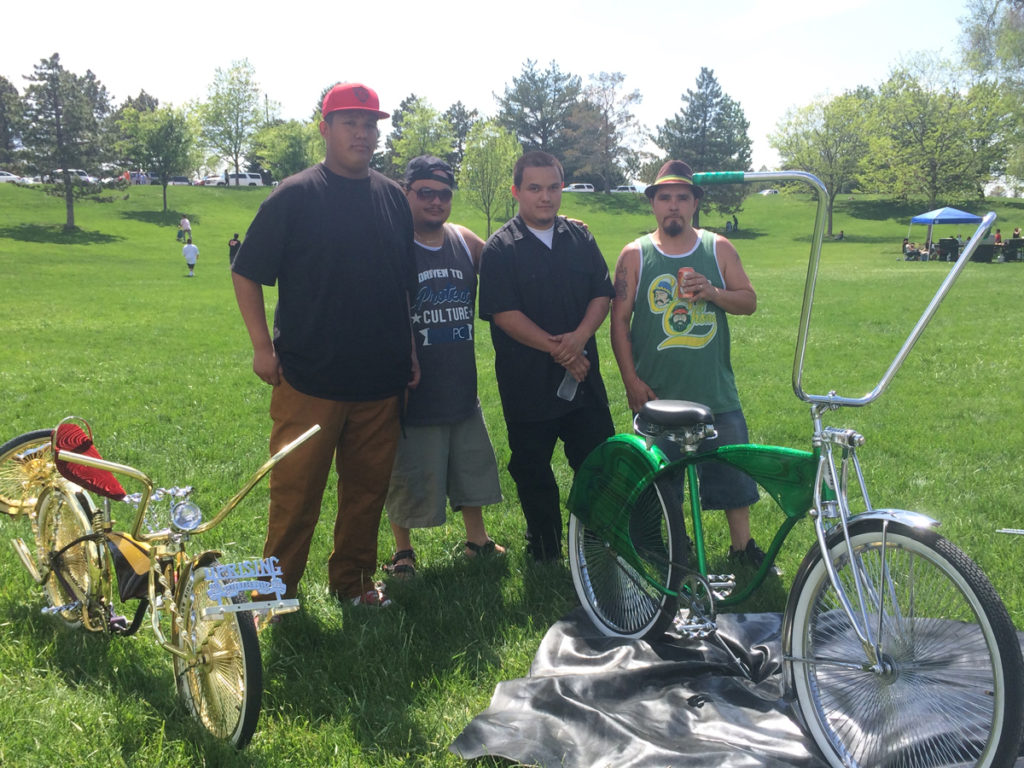
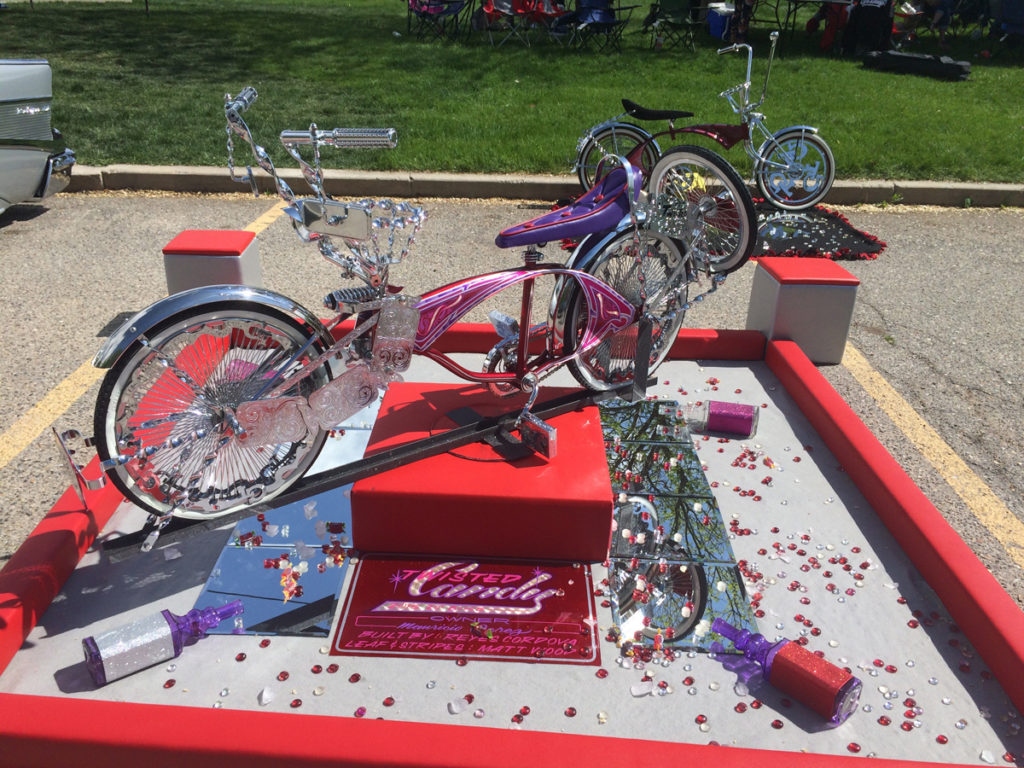
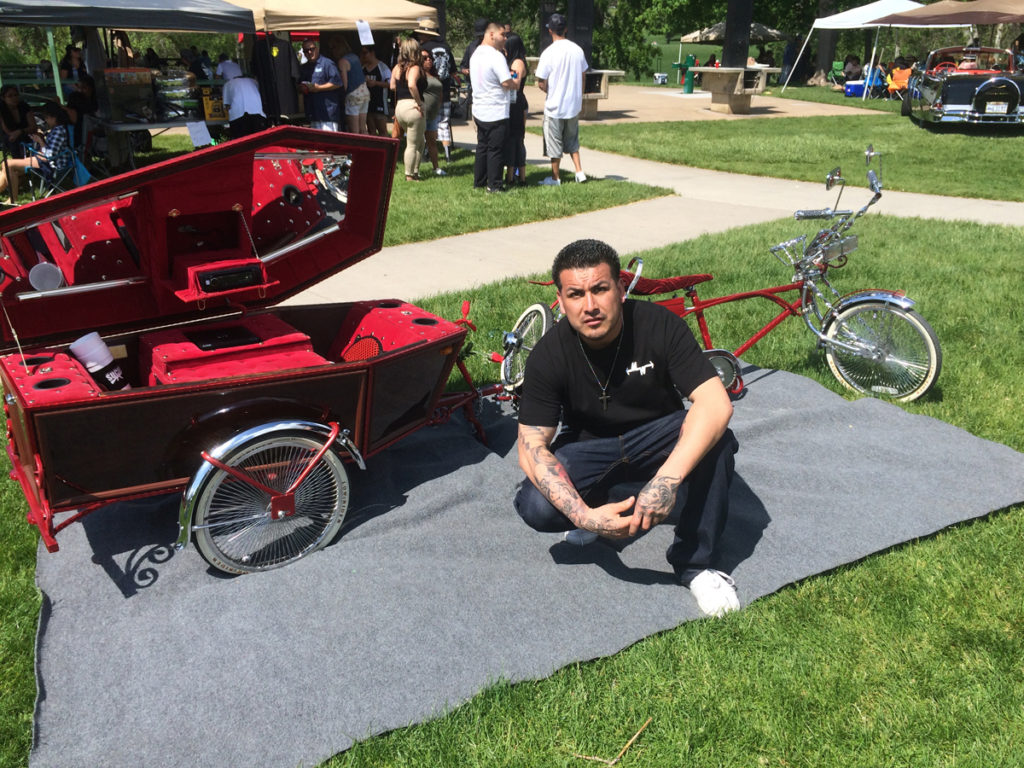
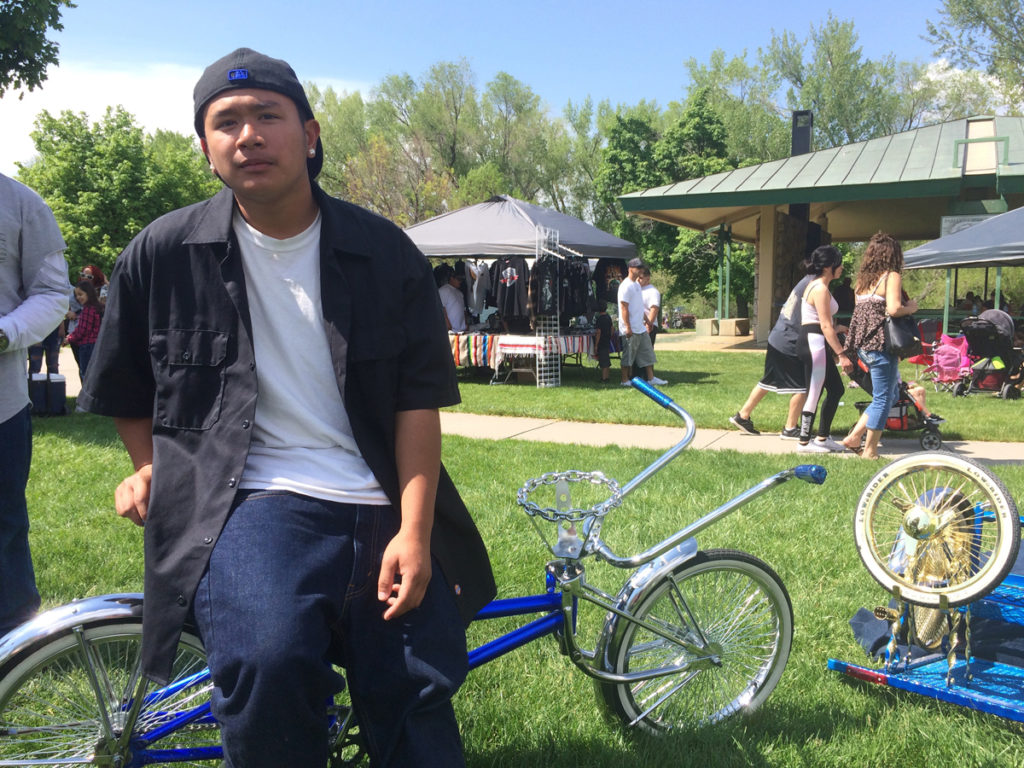









can I plz get a lowrider bike for free or for $200-$300
Comments are closed.